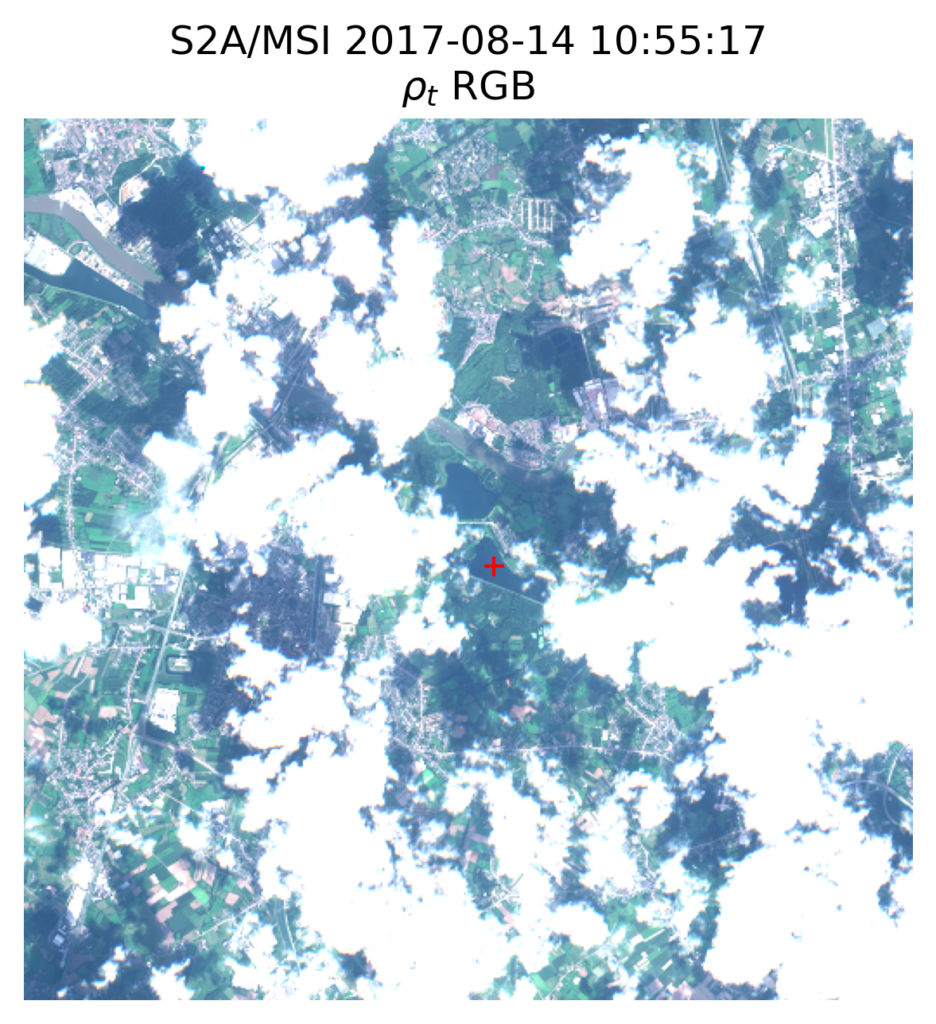Publié le 18 septembre 2024
We are pleased to inform the Earth Observation community that one of the STEREO research projects has just published a new webstory on a crucial topic in remote sensing: adjacency correction in cloudy scenes.
We are excited to announce that STEREO project RAdCor (Remote sensing Adjacency Correction) has just published a detailed webstory that addresses a key challenge in satellite data analysis: adjacency correction in cloudy scenes. This research offers new insights into improving the accuracy of satellite imagery affected by the proximity of clouds, which often causes distortions in the data.
The webstory, titled "Adjacency Correction in Cloudy Scenes", is now available online and can be accessed here. It focuses on refining techniques that correct radiance distortions in pixels near cloud edges, a critical task for enhancing the quality of Earth Observation data. As clouds often interfere with accurate readings in satellite imagery, the research conducted by the RAdCor team brings significant improvements to radiometric corrections, which are vital for scientific applications ranging from climate monitoring to land use studies.
This webstory is the latest milestone in the RAdCor project, which aims to enhance the use of EO data for monitoring Belgian inland waters, but whose methodologies have wider applications globally. For more details on the RAdCor project, visit the project page here.

An example of satellite imagery showcasing the challenges of cloud adjacency effects, where light from nearby clouds affects the radiance of adjacent pixels, distorting the true surface reflection.
The findings of the RAdCor project provide a solid foundation for EO scientists working with complex atmospheric conditions, offering a valuable tool to correct cloud-induced distortions and improve data quality. This webstory will be of great interest to the STEREO network and beyond.
We encourage everyone in the EO community to explore this innovative research and stay tuned for further developments.